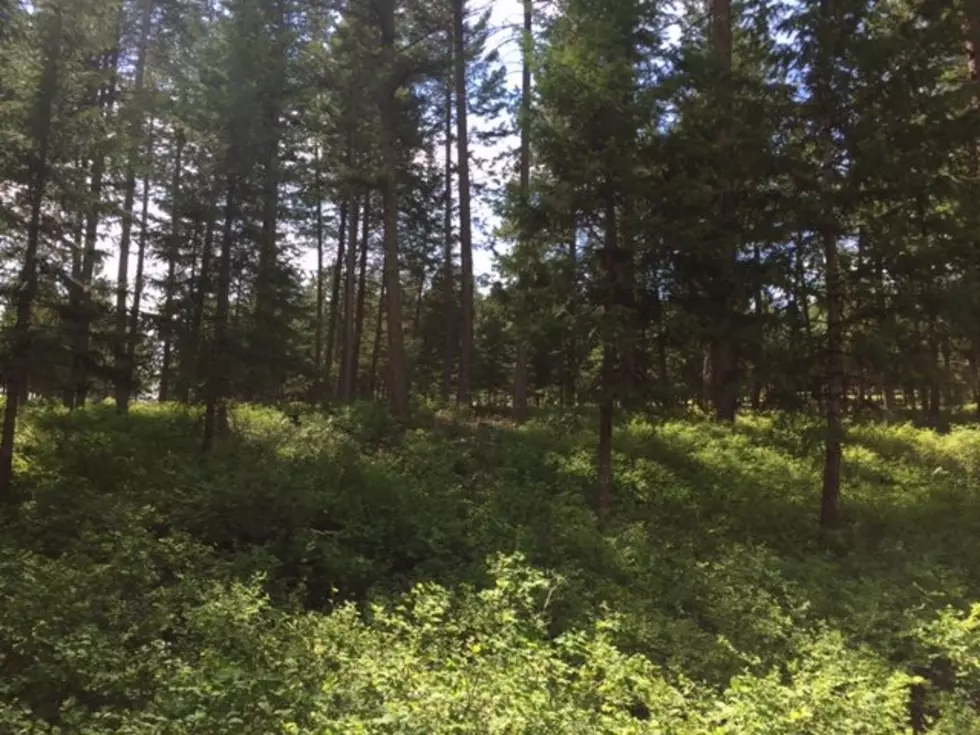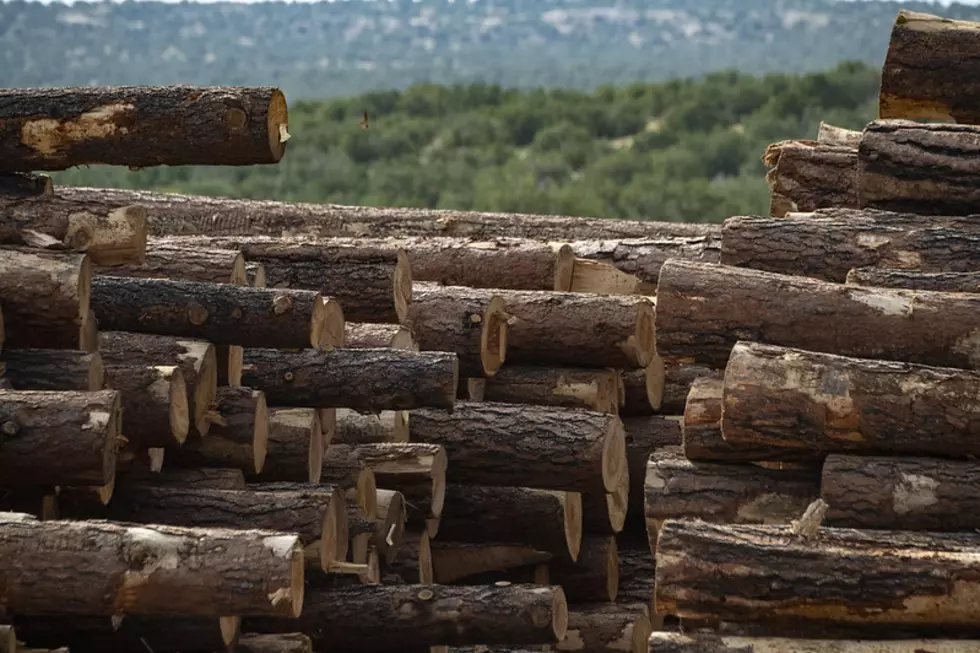
IDL Warns Of Bark Beetles Targeting Damaged Trees
The Idaho Department of Lands is warning the storms the rolled across the northern part of the state this winter may result in trees that are more susceptible to bark beetles. IDL forest health officials want forest landowners to know that trees uprooted or broken during storms can become infested by bark beetles as the weather warms.
The beetles can build up populations in fresh, damaged logs and then attack and kill neighboring healthy trees. The best option to reduce beetle infestations is to remove damaged trees. If there are not enough trees to economically salvage, consider safely burning or chipping, or removing branches and cutting green logs into smaller pieces. If chipping in spring, do not pile chips near the base of standing trees since their odors can be attractive to bark beetles for a short period of time. Spread chips out in the sun, or chip in late summer or fall if possible.
The risk of bark beetle attack and the recommended management actions differ depending on which tree species has been damaged. The size of damaged trees also impacts their susceptibility to bark beetles. Dead trees are not at risk for infestation, only green trees and logs damaged within the past winter are cause for concern.
Pines and pine slash larger than three inches in diameter can be infested by the pine engraver beetle (Ips beetles). Pine engraver beetles infest wind-thrown trees and slash in April and May, laying eggs that develop into adults and emerge in June of the same year. Beetles that emerge in June often attack adjacent live pines.
In pines, quick action is necessary since beetles can emerge from damaged pine materials as early as June, 2021. Large-diameter logs of Douglas-fir, western larch, and spruce will not pose a threat until spring, 2022. These logs can be bucked and split this spring or summer and left to dry out and kill any developing beetles before they emerge next spring. Infested materials can also be removed, chipped, or burned during the winter of 2021-2022.
Douglas-fir, particularly large-diameter logs, can be infested by Douglas-fir beetle. Beetles infesting damaged Douglas-fir in the spring will produce offspring that take a year to develop, emerging to attack additional Douglas-fir trees in the spring of 2022. Down, large-diameter western larch are also susceptible to attack by Douglas-fir beetle, but live, standing larch are rarely attacked.
Engelmann spruce can be infested by spruce beetle, especially if logs are large-diameter. Spruce beetles take one or more years to develop, depending on temperature, before emerging to attack additional standing spruce trees. Spruce beetles can attack ornamental species like Norway or blue spruce, but these are infrequent hosts.
These bark beetle species are highly attracted to the moist tissue under the bark of wind-thrown trees, broken tops, and logs.
Forest owners can hasten the drying of logs and green wood by spreading them in a sunny area before beetles fly in the spring. Leaving damaged trees or decks of green logs in shady areas increases the chances that they will be infested. DO NOT stack green firewood next to live standing trees. The idea is to reduce the number of places for the damaging beetles to breed and then kill live trees.
Pheromone repellent pouches called MCH are an additional tool to ward off Douglas-fir beetle. These pouches can be stapled to susceptible down logs in April, 2021, and will prevent infestation by Douglas-fir beetle by tricking beetles into thinking the logs have already been fully attacked. If down logs cannot be treated this April and become infested, surrounding stands can be protected with MCH applied to nearby standing trees in April, 2022. MCH is very effective at protecting Douglas-fir trees, but it will not work to protect pines and has limited effectiveness in protecting spruce. For additional information about using pheromones, please contact the IDL forest health team at (208) 769-1525.
If you have a story idea for the PNW Ag Network, call (509) 547-1618, or e-mail gvaagen@cherrycreekmedia.com
More From PNW Ag Network









